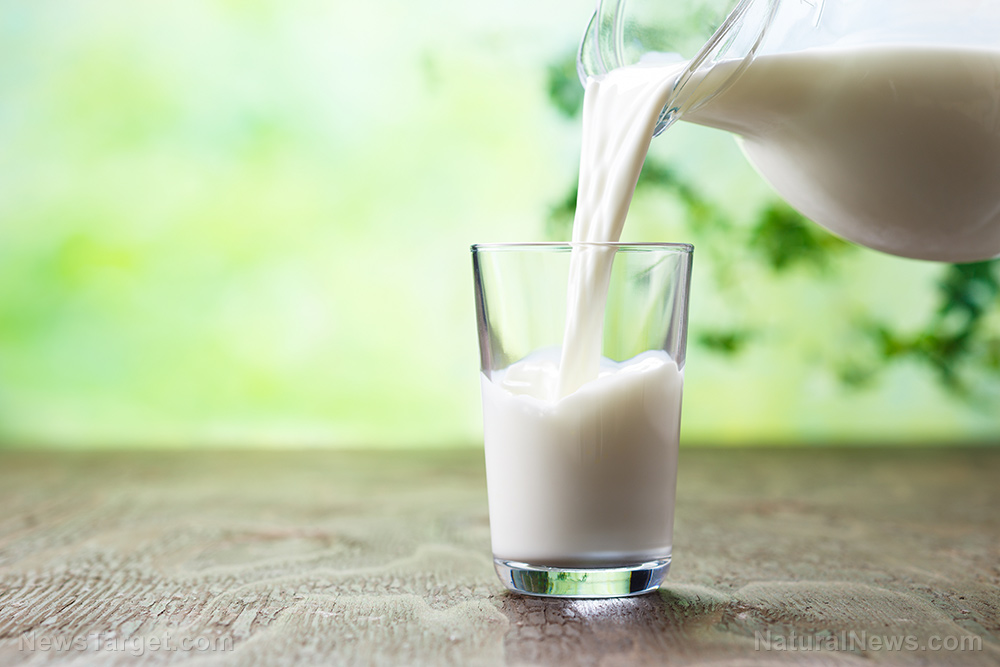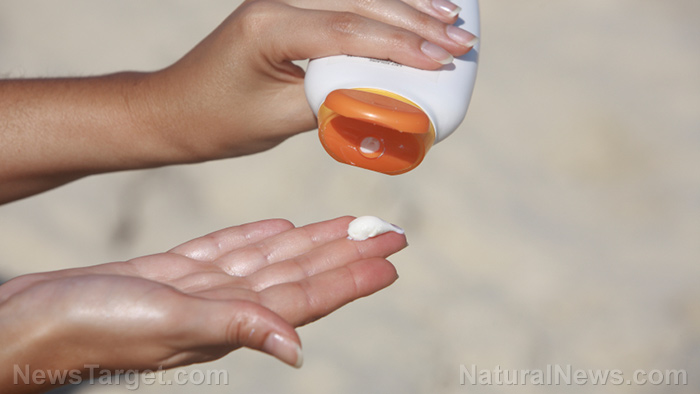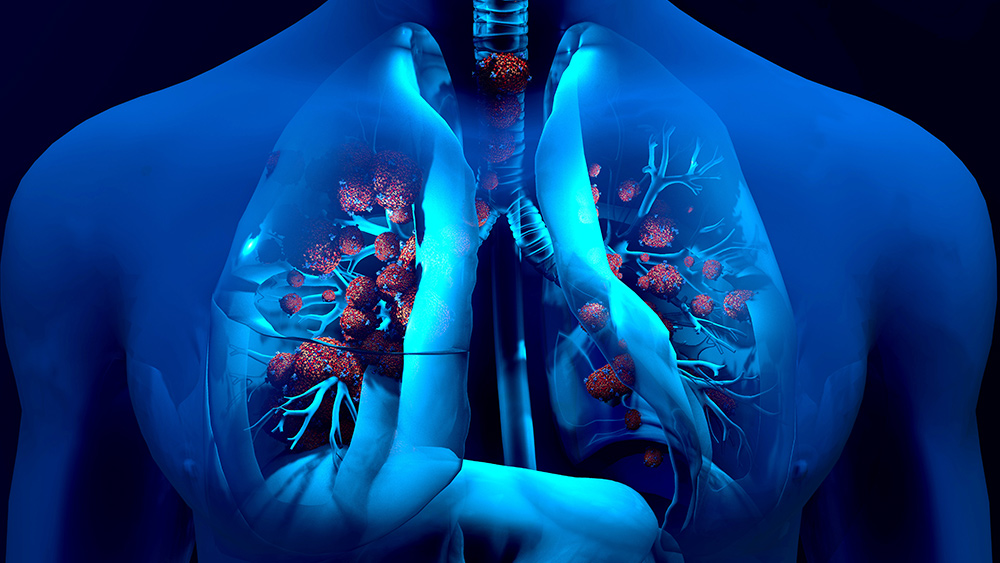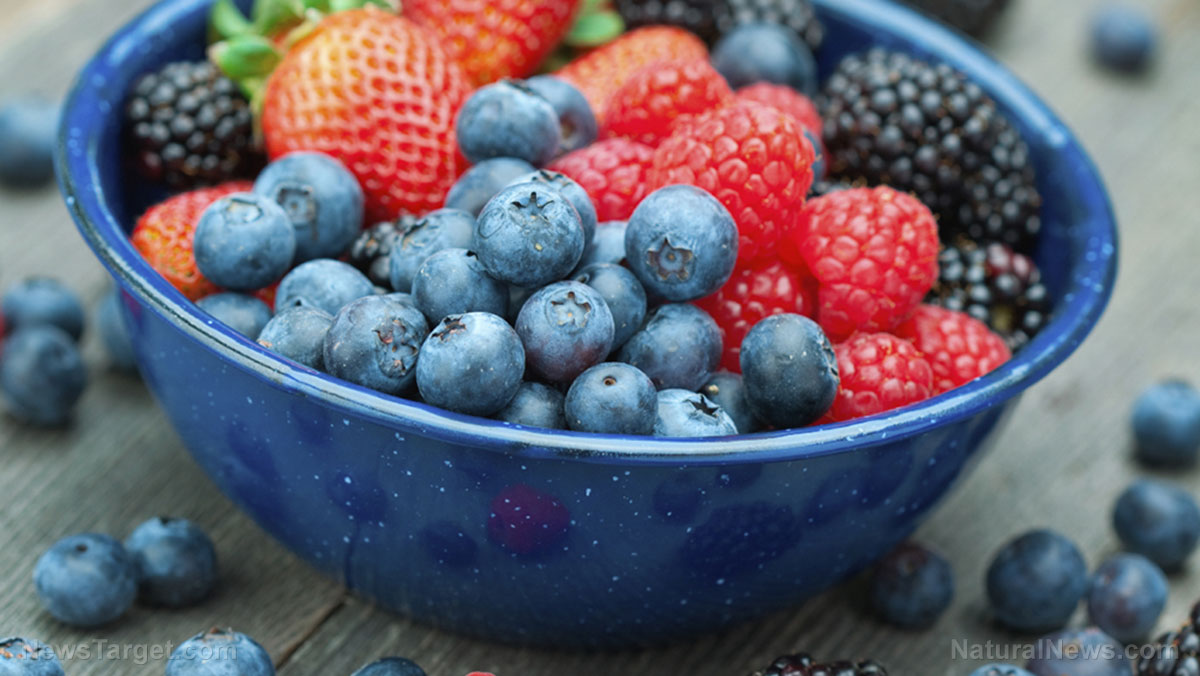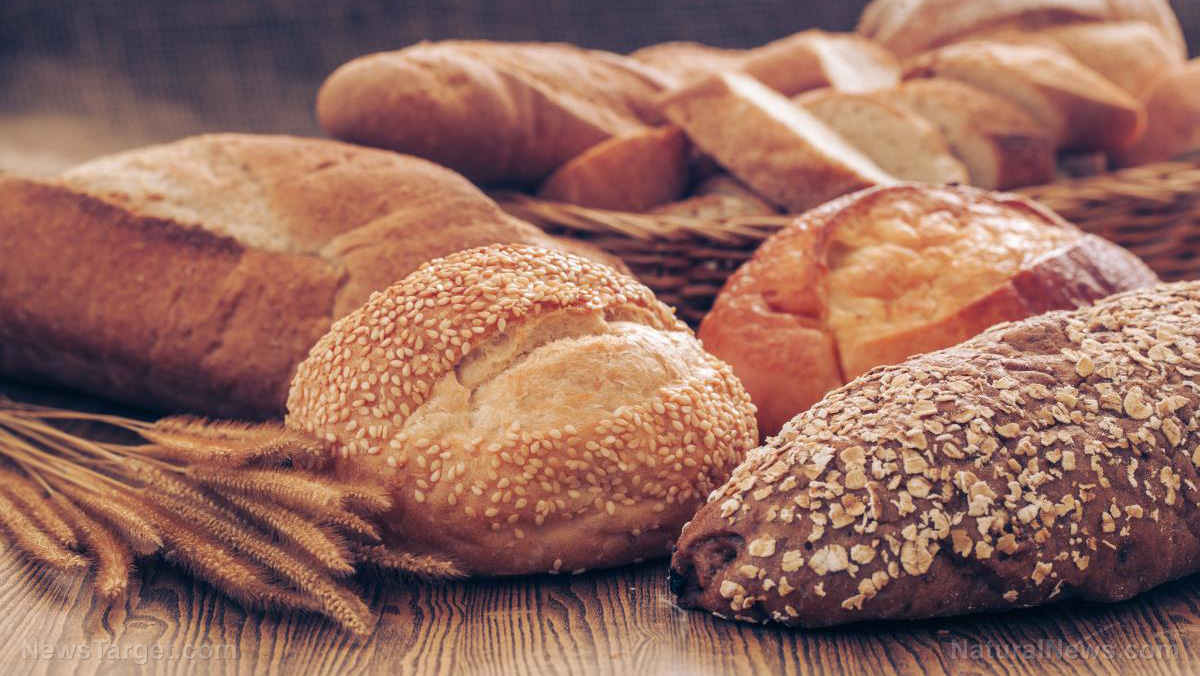
- A recent European study found that all tested breads – including organic – contained trifluoroacetic acid (TFA), a PFAS compound linked to reproductive and developmental harm. TFA levels were up to 400 times higher than in drinking water.
- TFA is spreading through air, rain and water – affecting even farms that haven't used herbicides or pesticides in decades. These chemicals accumulate in wheat and cannot be filtered out by baking or washing.
- Most commercial bread is made using the Chorleywood Bread Process, a high-speed, additive-heavy method that sacrifices nutrition and health for shelf life. softness and cost-efficiency.
- Many ingredients – like GMO-based emulsifiers, preservatives. processing enzymes and other additives – are not listed on food labels. Some are allergens or linked to gut issues, thyroid disruption and more.
TFA in every slice: A new chemical culprit
You've probably never heard of TFA, but it may be in your daily bread, your morning cereal or the pasta on your dinner plate. TFA is a highly potent acid widely used in chemical laboratories – especially in the making of pharmaceuticals and proteins. But what most people don't know is that TFA is also a persistent environmental contaminant – not because you add it to food, but because it forms when fluorinated chemicals break down in the environment. Once it's there, it stays. TFA doesn't biodegrade. It is highly water-soluble and mobile – meaning it can travel long distances through rain and runoff, settling into groundwater, rivers and cropland. In a new study, researchers found TFA in every wheat-based food tested – from bread to breakfast cereal to pasta. Even long-organic farms weren't spared. Because TFA behaves like other PFAS or per- and polyfluoroalkyl substances – often referred to as "forever chemicals" – it accumulates quietly in food and the body, raising concerns among health experts and environmental scientists alike. (Related: Austrian study warns: "Forever chemicals" found in all tested cereal products, including organic brands.) Researchers found TFA levels up to 400 times higher than those in drinking water, even in products labeled "organic." Farms that hadn't used herbicides or pesticides in 25 years were still contaminated. Why? Because TFA travels through air and rain, settling onto crops and into the soil across the planet. Worse still, TFA levels in food have tripled in less than a decade. Experts now warn it may pose a global reproductive and developmental health threat. Children, who eat more bread and cereal than most adults, are especially at risk – consuming four times the so-called "safe" limit, according to European health authorities.The hidden technology behind your bread
While TFA grabs headlines, another culprit has been hiding in plain sight for over 60 years: the Chorleywood Bread Process (CBP). Developed in the 1960s in the U.K., this industrial method revolutionized bread-making – not for better nutrition, but for speed, volume, softness and shelf life. CBP relies on high-speed mixing, low-quality flour and a battery of chemical additives to create that fluffy, squishy texture now associated with mass-produced bread. Here's the kicker: Over 80 percent of all U.K bread (and much of what's sold worldwide) is made this way. You won't see "Chorleywood" on the label. But if your bread stays soft and edible for two weeks or more and sticks to the roof of your mouth, you've likely eaten it. Here's a break down of the ingredients – and non-ingredients – you might be chewing on:Undeclared enzymes
Many commercial bakers use enzymes to make dough rise faster and stay soft longer. Some are genetically engineered, while others are derived from fungi, mold or animal byproducts. Because they're classified as "processing aids," they don't have to be listed on the label, even though they can cause allergic reactions and may remain active in the final loaf. One enzyme, transglutaminase, is suspected of making wheat more toxic to people with gluten sensitivity.Dough conditioners and additives
To withstand factory machinery, commercial dough gets a chemical makeover.- Azodicarbonamide (ADA) – A chemical also used in foam yoga mats, ADA is banned in many countries and is linked to asthma and respiratory issues.
- L-cysteine (E920) – Used to relax dough, it is often derived from animal hair or feathers.
- Potassium bromate – A suspected carcinogen that's banned in California and Europe, it is still allowed in many U.S. breads. It strengthens the dough but disrupts thyroid function.
Emulsifiers and preservatives
Soft bread that never molds? Here's why:- Calcium propionate – A preservative that inhibits mold but is linked in some studies to behavioral changes in children.
- Mono- and diglycerides, DATEM, sodium lactylate – These additives help create soft, pliable loaves but are often made from genetically modified soy or corn oils.
Bleaching and whitening agents
Want bright white flour fast? Here are the chemicals that make them just that:- Chlorine dioxide - A bleaching gas used to "whiten" flour, it is not permitted in the European Union but is still allowed in the United States.
- Soya flour - Often genetically modified, it also bleaches and softens dough.
Hidden sugars
Bread shouldn't taste like cake, but many commercial loaves do. Manufacturers sneak in cane sugar, corn syrup, dextrose and maltose under different names. Even "light" and "healthy" breads often have three to five teaspoons of added sugar per loaf.GMOs and pesticides
Most conventional breads contain GMO-derived ingredients like corn starch, soy flour or soybean oil. These crops are typically drenched in glyphosate, a herbicide the World Health Organization (WHO) classified as a "probable carcinogen." Some GMO crops are engineered to produce their own pesticides internally – the same trait that makes insect stomachs explode may not be something you want in your sandwich.Health risks that can't be ignored: Why it matters
The hidden ingredients and shortcuts in industrial baking have been linked to a range of health concerns:- Allergic reactions and asthma from allergens, enzymes and preservatives
- Gut inflammation, gluten intolerance and autoimmune reactions
- Hormone disruption and thyroid issues from bromate and PFAS
- Obesity, diabetes and metabolic issues from added sugars and refined grains
- Possible developmental and reproductive harm from PFAS like TFA
More related stories:
Homemade recipes: No-knead artisan bread. Homemade sourdough bread a boon for preppers. Sweet potato flour: A healthy gluten-free alternative to wheat flour.Sources include:
NaturalHealth365.com PAN-Europe.info [PDF] TheGuardian.com FOB.UK.com Independent.com ShredderGang.com Brighteon.comMilk: A timeless superfood for health and wellness
By Laura Harris // Share
12-Year study reveals the hidden link between meal timing, genetics and liver health
By Ava Grace // Share
The hidden danger of Chlorphenesin: A silent threat in personal care products
By Zoey Sky // Share
Peptide Power: The Next Frontier in Decentralized Medicine
By Finn Heartley // Share
An invisible assault: How everyday heavy metals sabotage brain health
By willowt // Share
Pentagon warns of China's rapidly expanding nuclear arsenal
By kevinhughes // Share
FCC grounds new Chinese drones in sweeping security move
By avagrace // Share
The methylation switch: Scientists identify diet that can turn back the cellular clock
By jacobthomas // Share
Renaissance or Ruin: A wake-up call for cultural revival and self-sufficiency
By kevinhughes // Share
Weight loss in midlife may trigger brain inflammation, study finds
By avagrace // Share
